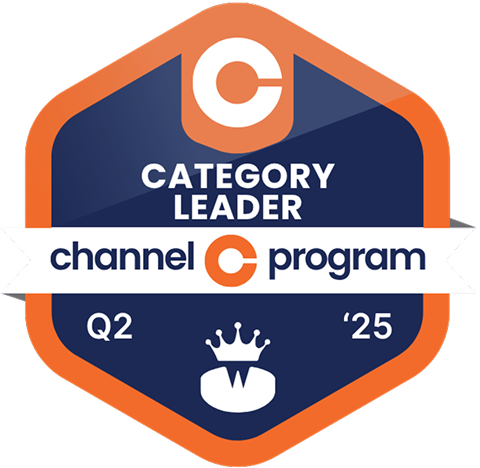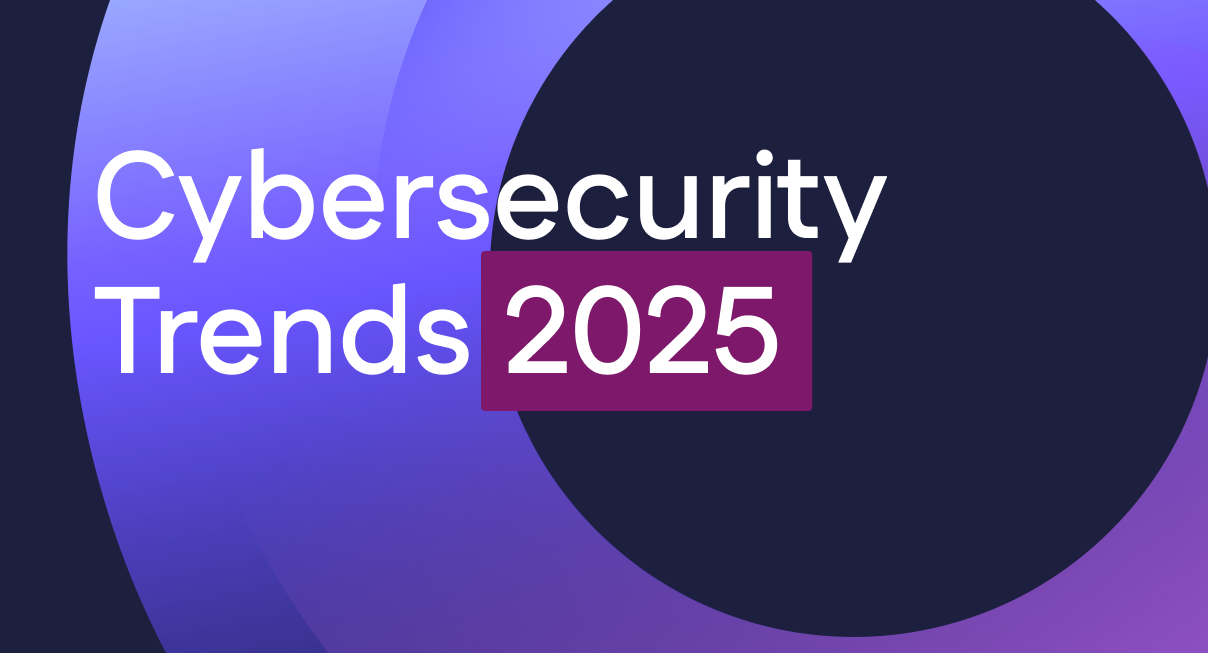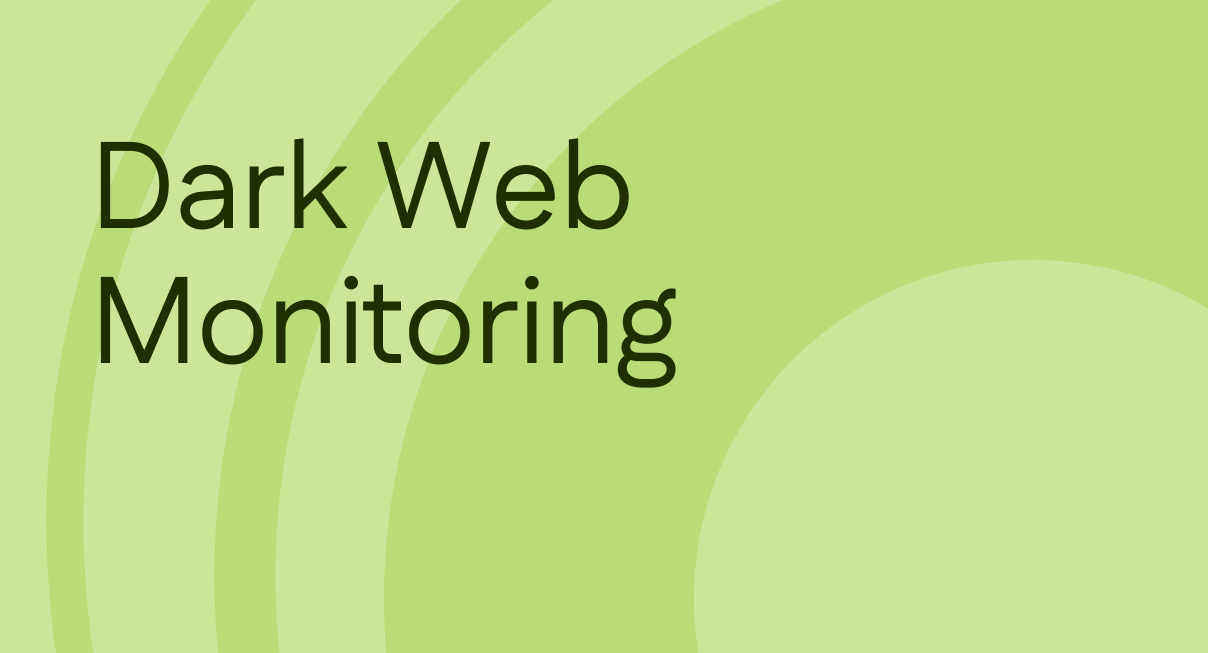Establishing Accountability in the Data Protection Process
With organizational data getting dispersed across computing systems – including on-prem devices and cloud apps and databases – data protection has become more complex. To protect their critical and sensitive data effectively, organizations need to create a more cyber aware culture and shift the responsibility for data protection to data owners themselves.

Every individual responsible for creating or managing data in an organization needs to become more cyber aware, know what sensitive data they handle, and have access to the tools and technology needed to secure this data.
The Significance of Accountability
Accountability is the cornerstone of effective data security. When data owners are held responsible for the information they manage, it fosters a culture of diligence and care. This sense of ownership can encourage individuals and teams to take data protection more seriously, leading to a more robust cybersecurity posture.
Empowering Data Owners
Data owners are individuals or teams responsible for the creation, management, and security of specific datasets. By granting them the tools to secure their data, organizations delegate the responsibility for data protection, making it a shared effort rather than solely an IT or cybersecurity concern.
Encouraging Compliance
Establishing accountability also aids in regulatory compliance, which is vital in an era of increasingly stringent data protection laws like GDPR, HIPAA, and CCPA. Data owners who are aware of their responsibilities are more likely to adhere to legal requirements.
Sensitive Data Scanning and Risk Mitigation Technology
To empower data owners, organizations should invest in tools for sensitive data scanning and risk mitigation. Easy-to-use technology solutions for sensitive data discovery, classification and risk mitigation are key to identifying gaps in data security and mitigating risks.
Sensitive Data Scanning
Advanced scanning tools like CYRISMA can automatically detect sensitive data within an organization’s infrastructure. These tools can identify personal and financial information, intellectual property, or any data that could be exploited by cybercriminals. This process streamlines data classification, making it easier for data owners to identify and protect sensitive data.
CYRISMA’s Data Scanning Capability
CYRISMA’s sensitive data discovery capability allows users to scan systems and cloud apps like Office 365 and Google Workspace for dozens of sensitive data categories in multiple formats. Organizations can also create custom data categories to get complete visibility into sensitive data stored across their extended computing environments.
Risk Mitigation Solutions
Some technology solutions also assist data owners in implementing risk mitigation plans. These plans usually include specific tasks and deadlines for addressing potential vulnerabilities. By using detailed plans and risk mitigation technology to implement these plans, security and IT teams can monitor progress and ensure that critical security tasks are completed.
CYRISMA’s Data Risk Mitigation Capability
With the CYRISMA platform, organizations can both discover the sensitive data in their environments, create risk mitigation plans to secure this data, assign tasks to data owners – both technical and non-technical, and take specific steps to mitigate risk.
Mitigating Risk to Sensitive Data
Accountability goes hand in hand with actionable strategies and tools for mitigating data risks. Organizations can take several steps to secure their sensitive data effectively:
- Encryption: Encrypting sensitive data is a fundamental security measure. Even if data falls into the wrong hands, it remains unreadable without the decryption key. Data owners should be educated on the importance of encryption and how to use it effectively.
- Data Retention Policies: Organizations should implement data retention policies that specify how long data should be retained and when it should be securely deleted. This helps prevent data from accumulating unnecessarily, reducing the risk of data breaches.
- Access Permissions: Control over who can access sensitive data is crucial. Organizations should define and manage access permissions carefully, ensuring that only authorized personnel can view or modify sensitive information.
- Secure Data Storage: Sensitive data should be stored in secure locations, whether it’s on-premises or in the cloud. Data owners must take measures to safeguard data storage, including robust authentication, encryption, and continuous monitoring.
- Continuous Risk Assessment: Cyber threats evolve rapidly, making continuous risk assessment essential. Organizations should regularly assess and update their risk mitigation plans to adapt to changing circumstances and emerging threats.
CYRISMA’s Data Security Capabilities
CYRISMA users can leverage the platform to not only discover and classify sensitive data and create risk mitigation plans, but also take steps to mitigate risk to sensitive data from within the scan results dashboards. The platform includes options for encrypting and deleting data, moving it to a secure location, and change access permissions.
Conclusion
Establishing accountability in the data protection process is critical to safeguarding sensitive data. Everyone creating or using data in an organization is responsible for protecting this data. By making cybersecurity awareness a priority and leveraging easy-to-use technology solutions for data discovery and data risk mitigation, organizations can empower teams and individual data owners – even if they’re non-tech users – to secure any sensitive data they manage.
Latest updates
View allTurn risk and compliance into revenue
Get a Demo








